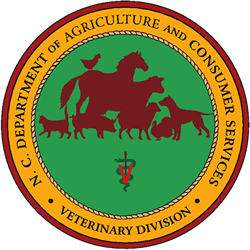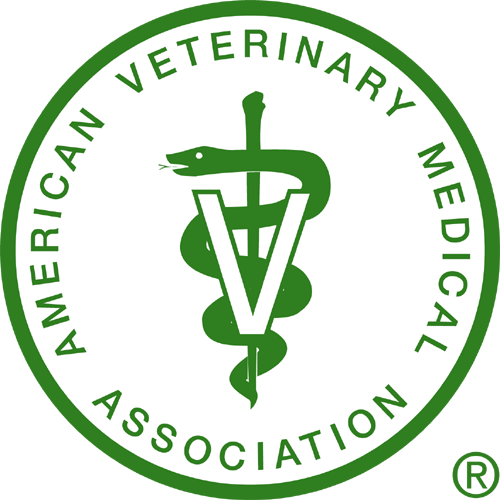With the winter season quickly approaching one must be wondering about how this year’s forage will be, or how good the quality of hay is for feeding and maintaining our cattle herds. These are questions that cannot be directly answered, but can be circumvented from causing issues by implementing a few standard procedures into your daily feed rations. The critical issues at hand are maintaining body condition scores (BCS) and preparing cows to be ready to breed again once spring rolls around. These issues may seem irrelevant or over-the-top, but it could mean the difference between profit and loss in the grand scheme of your cattle operation.
Body condition scores are a numerical system that evaluates the relative fatness, or condition of animals via a nine-point scale in beef cattle and typically a five-point scale in dairy cattle. A BCS of 1 is given to denote cattle that are extremely skinny and undernourished, whereas a BCS of 9 indicates morbidly obese individuals; the ideal target for a BCS is 5-6, and this represents animals that are normal and do not appear to be malnourished. A cow needs to be at an ideal BCS during calving periods; for heifers this is usually a range from 4 to 6. As a heifer goes to a BCS range of 4-6 rebreeding rates, based on a 65 day rebreeding period, go from approximately 50% to 90% (Hilton, 2009). So, as a producer this is a critical difference between making a profit or taking a loss on your investment.
Let’s discuss what you, as a producer, can do to get your cattle ready to rebreed and keep the profit of your farm rolling in. Feeding free choice hay to cattle throughout the winter months may provide sustenance to your animals, but it does not provide all of the necessary nutrients needed by cattle to get them to and/or maintain an ideal BCS. The only way to know whether we need to supplement your hay is to perform a forage analysis to determine its quality. We shouldn’t look just a crude protein as other essential macronutrients such as fats and carbohydrates, as well as micronutrients like calcium, magnesium, selenium and phosphates may be lacking. Adding supplements such as corn, soy hulls, corn gluten, corn silage or distiller’s grain is a cost effective way to supplement your herd’s feed ration while increasing BCS (Hilton, 2009).
The largest contribution to condition cattle throughout the winter months is maintaining a sufficient energy balance in the diet. Cattle fed exclusively hay are less likely to obtain the essential energy requirements needed to maintain a BCS of 5-6; therefore, they are less likely to breed back at 65 days post calving. As mentioned previously having hay and forage tested is an ideal way to determine what needs to be added to the diet in order to effectively keep cattle properly conditioned. It is also important to keep in mind that some individuals may not maintain a good BCS throughout the winter months even if you supply a properly balanced diet; this can be due to genetics, age, injury, etc… Therefore, it should be considered that these individuals may not be beneficial to your operation, and in essence should not have a chance to encroach on the opportunity for your farm to make a profit. It is not worth the effort and especially the extra expenditures to try to improve just a few individuals out of a herd of quality, “good-working” cattle.
It may seem like a good idea to supplement more feed in order to try to obtain good BCS for all individuals of a herd, but this is not the case. Imagine that there are two identical cattle farms, A and B, with the only differences being farm A overfeeds their cattle in order to obtain a 100% pregnancy rate while farm B does not overfeed and has a pregnancy rate of 85%. Is it worth the extra $50 per head per year for farm A to attain a 100% pregnancy rate throughout the herd? In 2014 the average return on investment per cow was about $260, so that would be a return of $26,000 for farm A and $22,100 for farm B. However, farm A spent $5,000 in food for the year, so that knocks their return down to $21,000 for the year, while farm B remains at $22,100. So, even though farm A had an outstanding pregnancy rate they still were not able to collect the returns they should have due to overfeeding. This is why it becomes extremely important to try to make a plan for what you have to feed in order to maximize your profit.
With winter almost in full swing it is important that you take control of your farm and maximize your cattle’s potential. We recommend you follow these
1.) Test your hay, so you know what you are feeding!
2.) Supplement as needed based on your forage analysis, to keep the majority of the herd between a BCS of 5-6.
3.) Provide a free choice Hi-Mag mineral at all times (no salt blocks or trace mineral blocks).
4.) Constantly body condition score your cattle to make sure you are providing them with what they need to perform the job desired.
5.) If you need help or have questions, don’t hesitate to call our office to schedule a consultation.



